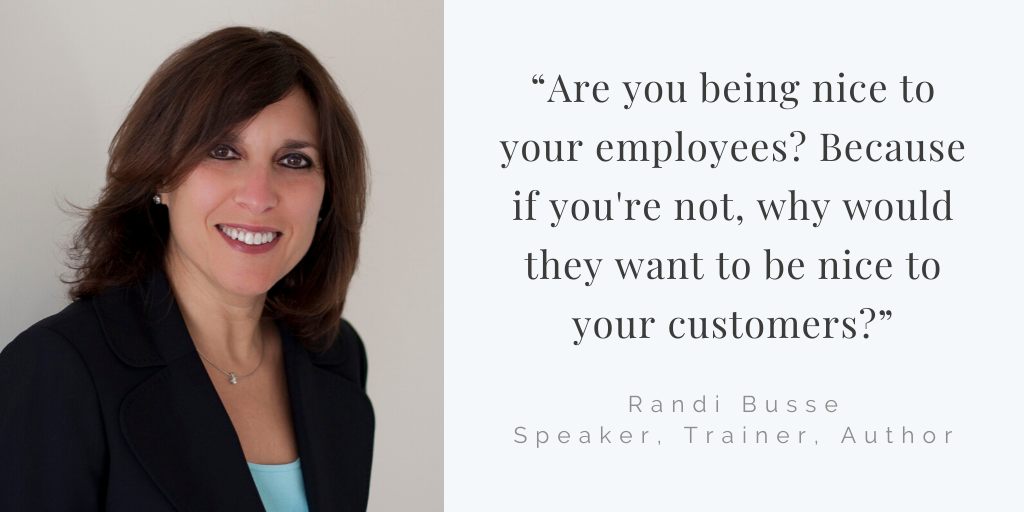Note: Lessons from The Overlook is a monthly update on lessons learned from owning a vacation rental property in the Southern California mountain town of Idyllwild. It's a hands-on opportunity to apply some of the techniques I advise my clients to use. You can find past updates here.
My wife, Sally, and I bought The Overlook in October, 2016. It's lost money every year.
Operating expenses have been high. Maintenance and utilities have gone up. The cabin is in a rural part of California where insurance costs have increased by more than 20 percent.
There are unexpected expenses. A frozen pipe burst this winter. The stove needed a part that cost almost as much as a new stove. The furnace motor burned out.
Guests have caused damage, including broken glasses, broken plates, broken furniture, and a fire last September that shut the cabin down for a month.
There's also been theft.
A bluetooth speaker went missing. Ditto for an extra propane tank, a throw blanket, and a kitchen knife. Light bulbs and extra batteries were pilfered. Safety items such as flashlights have disappeared. Our snow shovel was stolen—twice.
And now this.
The coronavirus pandemic hit many businesses hard, ours included. Starting in April, a public health order prohibited most vacation rentals in Idyllwild with limited exceptions. The order was originally set to run through mid-June, but has thankfully been lifted.
There are two things I hope readers will take from this post:
Running a business is harder than it seems.
You sometimes have to play the long game to make a profit.
Why vacation rentals are a tough business
Years ago, an investor who owned several vacation rental properties told us it takes about five years for a vacation rental to turn a profit.
Right now, that seems pretty accurate.
The initial investment is more than just the house. Vacation rentals need everything a home does. Furniture, lamps, dishes, pots and pans, linens, televisions, decorations, etc.
Then you need to make the cabin appealing to guests.
Small things add up, like updating pictures on the walls or adding throw blankets in the living room. (We’ve had to replace to throw blankets.) We also made bigger improvements, such as replacing an old electrical panel and converting the garage into a game room.
Now you need guests to rent the cabin.
Idyllwild is primarily a weekend destination. Weekly rentals are scarce. That means a popular cabin might be rented 12 nights a month (four weekends at three days each), but is also empty for 18 or 19 nights.
The vacation rental market is competitive.
There are well over 100 other cabin rentals listed in Idyllwild alone. Top cabins are rented every weekend, while less popular homes might get one rental per month.
Upkeep is the next challenge that eats into profits.
Dishes get broken. Furniture is worn out. People throw trash off the deck. Utilities soar as guests seemingly use as much water, electricity, and propane as they possibly can. Appliances break. Trees need trimming.
All of this is during a healthy market. Now everything is a hundred times more difficult. Revenue is dried up for two or more months, but expenses like utilities, maintenance, and mortgages continue.
Businesses everywhere are feeling the same sting. Revenue is drastically reduced, but there are still bills to pay.
Why businesses need financial reserves
Nobody expected this economic catastrophe, but downturns do happen. We're fortunate that we can weather the storm for awhile.
Other businesses can't.
Many companies struggle to pay their bills without a steady stream of cash coming in. They over-borrow and over-spend during good times, leaving no room to breathe when times get difficult.
Some vacation rental owners in our market are struggling to pay their mortgages. They were already deferring maintenance and holding off on upgrades during a good market, and now they have no cash reserves to sustain them for the next few months.
There’s been some legislation passed by the U.S. government that promised relief. It took some businesses a month before that relief arrived. Others are still waiting. And the relief that does arrive often has so many strings attached that it’s more of a burden than a relief at all.
We suspect we'll soon have a little less competition. That's sad for the community and those owners, though it will ultimately help us. We’re hopeful The Overlook can finally turn a profit when the economy improves.
It's a good lesson for the future. Having financial reserves allows you to make better choices. In times like this, it simply allows you to stay in business.
Why you need to invest in your business
Business is competition. We will lose guests to other cabins if The Overlook doesn't offer an amazing experience at a great value.
This January, we invested in some upgrades at The Overlook.
The master bedroom became a second game room. This took the cabin down to three bedrooms and a maximum of six guests. We lowered our nightly rate a bit, but there's a much larger market for three bedroom cabins.
We also replaced several outdated pieces of furniture to give the cabin a more updated, airy look.
The changes are working so far. Guests have been very happy and have given the cabin good reviews. Fewer guests means far less damage. Our bookings were trending significantly up until the coronavirus shut things down.
We're not the only company to invest before making a profit.
The pet supplier, Chewy, loses money every year as it invests in the distribution infrastructure that allows it to take on both Amazon and established pet chains.
Home goods retailer, Wayfair, loses money as well. The company is particularly good at shipping large items at reasonable prices. For example, the shuffleboard table at The Overlook came from Wayfair. The challenge is you need to ship an awful lot of shuffleboard tables to make money.
All of these companies are playing a long game, betting that losing money in the short term to make their products great will help them become dominant in the long-run.
Amazon is the poster-child for the long game, taking several years after it went public before it finally turned a profit.
Take Action
The business owners I've talked to share a lot of the same worries right now:
Taking care of employees
Serving customers while complying with health regulations
Keeping up with mounting debt
That's a lot of worry. But I've also heard the same advice from several veteran business leaders who have steered companies through recessions in the past: invest if you can.
The companies that are able to invest now will be far better positioned for success in the future. We just need to hang in there until then.

















